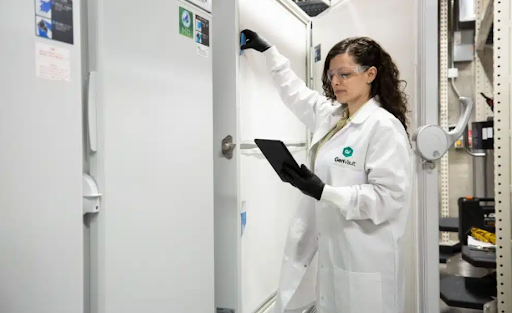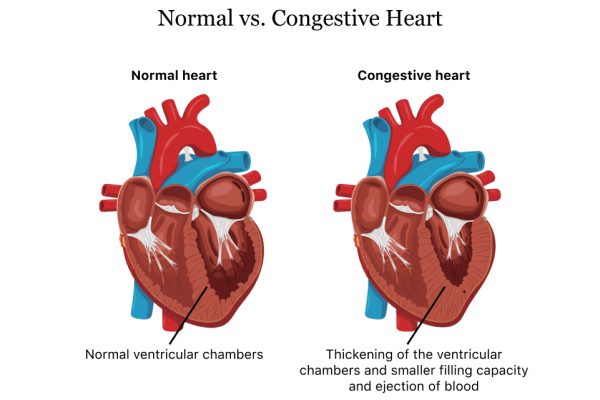In today’s rapidly evolving scientific landscape, the need for secure biological storage and efficient laboratory relocation has never been greater. With growing research domains and technological advancements, both these areas play a pivotal role in ensuring the continuity and integrity of scientific endeavors. Let’s dive deep into why these services are crucial, the statistics backing their demand, and insights often overlooked.
Table of Contents
Biological Storage: More than Just Keeping Samples Cold
1. The Importance of Biological Storage
Biological samples, whether they are DNA, tissues, or microbial cultures, are the building blocks of many scientific experiments. Their preservation ensures:
- Longevity: Proper storage extends the life of samples.
- Integrity: Preserved biological materials maintain their original characteristics.
Statistics Highlighting the Need for Biological Storage
- A recent study found that by 2025, there will be an estimated 300 million biological samples stored globally, a 50% increase from 2020.
- 30% of laboratories have reported sample degradation due to inadequate storage conditions in the past two years, leading to a cumulative loss of over $500 million.
2. Emerging Trends in Biological Storage
- Automation: Automated sample retrievers are increasingly common, reducing human errors.
- Cloud Integration: Real-time monitoring of samples through cloud technology is gaining traction.
3. Overlooked Insights in Biological Storage
- Sustainability: With the growth in biological samples, energy-efficient storage solutions are needed.
- Space Utilization: Vertical storage solutions are emerging to tackle space constraints.
Laboratory Relocation: Moving Beyond Physical Boundaries
1. Why Laboratory Relocation Services Are Essential
Relocating a laboratory is not as simple as moving office furniture. It involves:
- Transportation of Sensitive Equipment: Many laboratory devices are sensitive to vibrations or changes in orientation.
- Maintaining Sample Integrity: Samples must be kept in specific conditions even during transit.
Statistics Spotlighting Laboratory Relocation
- There has been a 40% increase in laboratory relocations in the past five years, largely due to research collaborations and facility upgrades.
- A staggering 70% of lab relocations that didn’t use specialized services reported equipment or sample damages.
2. Challenges and Solutions in Laboratory Relocation
- Coordination: Ensuring seamless communication between lab personnel and relocation teams.
- Safety: Employing state-of-the-art packaging and transportation techniques to prevent damages.
3. Gaps Often Missed in Laboratory Relocation
- Post-Relocation Setup: Often, the focus is on moving, but post-relocation arrangement and calibration of equipment are equally crucial.
- Risk Management: Comprehensive insurance plans to cover unexpected damages are often overlooked.
The Future of Biological Storage and Lab Relocation
Integration of AI and IoT: Predictive analytics can forecast storage needs and optimize relocation routes.
Sustainability: Green labs and energy-efficient storage solutions are the way forward.
Conclusion
As science evolves, so do its requirements. Biological storage and laboratory relocation services aren’t just ancillary needs; they’re fundamental to preserving the sanctity and integrity of research. By understanding their depth, we not only uphold scientific accuracy but also pave the way for innovations that shape our future.





